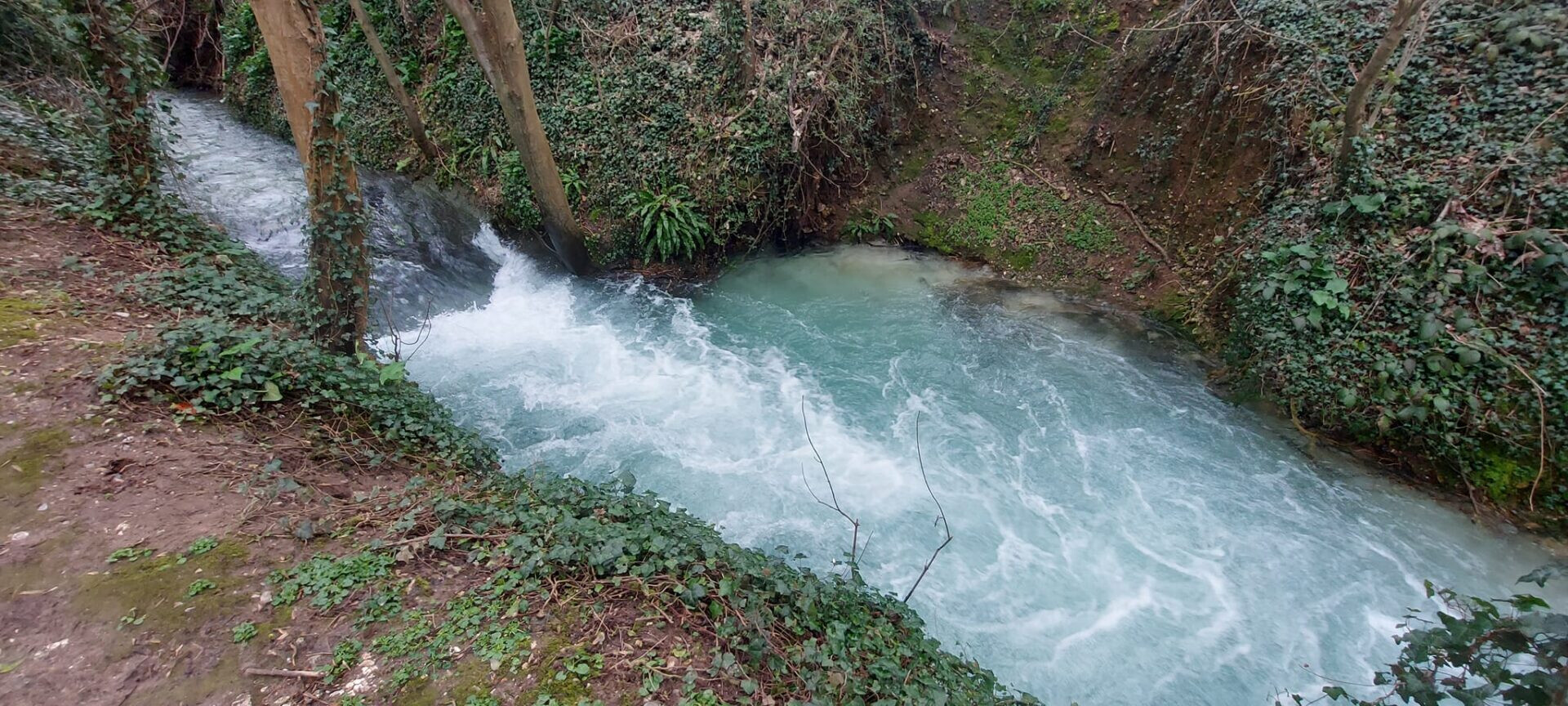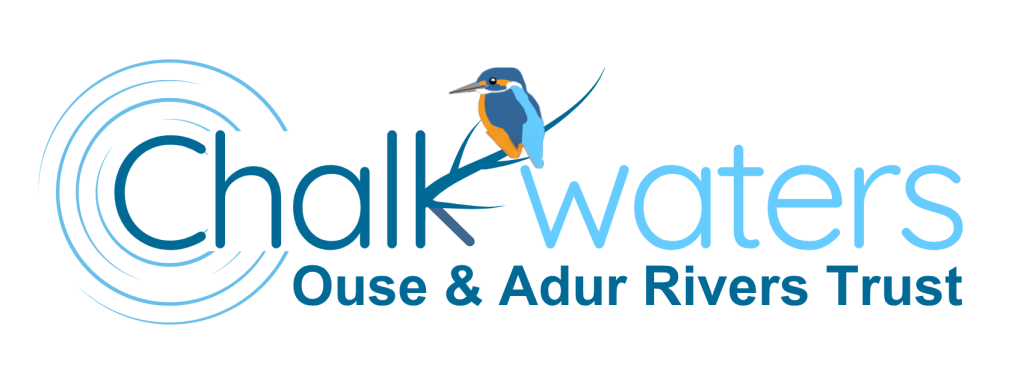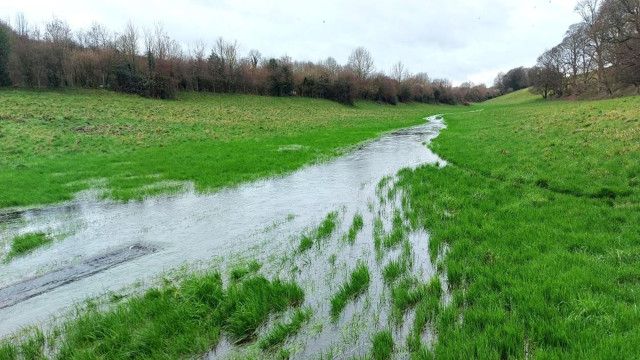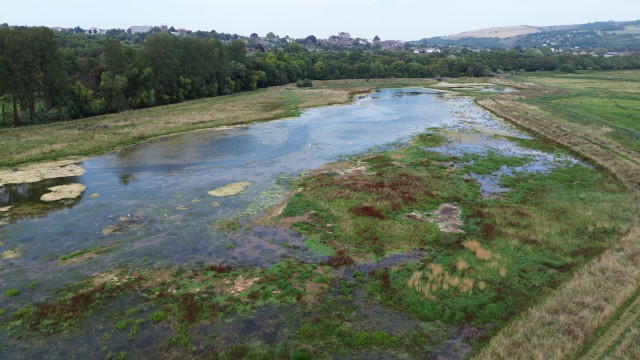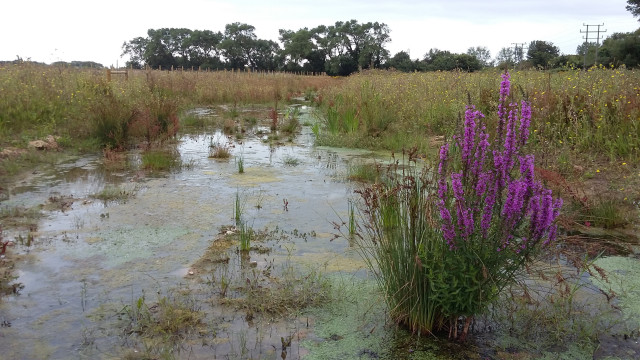From the Ferring Rife in the west to Newhaven in the east, the coastal plains of Sussex are rich with waters flowing from the South Downs, forming rare chalk water habitats. Some are perennial, such as the Cockshut Stream on the edge of Lewes Brooks, and some are ephemeral, like the Lewes Winterbourne, Broadwater Brook and the “Sewers” of Newhaven.
The Ouse & Adur Rivers Trust is taking a leading role in understanding and restoring these often-degraded, overlooked, waterbodies. We aim to work collaboratively in developing a long-term, strategic focus for these gems within our landscape, ensuring the chalk waters of Sussex are resilient into the future.
Our Aims
Building on past projects we are creating a network of functional chalk water environments along the coastal plain of Sussex. From site specific enhancements, such as habitat restoration and the removal of invasive species to whole waterbody improvements in water quality, hydrology and connectivity within the landscape, we are actively seeking to improve and protect not just the watercourses themselves but their associated habitats and sources.
Forgotten Chalk Streams
In 2010, freshwater ecologist and river restoration expert, Dr Nigel Holmes surveyed the headstreams of many of our sub-catchments. The results of these surveys verified over 25 sections of true chalk stream to the north of the South Downs overlooked in national strategies and databases but are just as important as iconic chalk streams such as the Test and Itchen. Unfortunately, Nigel passed away in 2014 and OART is committed to picking up the recommendations within the Sussex Chalk Stream report to ensure these valuable areas are protected, enhanced and highlighted for their importance in our landscape.
Groundwater
Groundwater is a fundamental ecosystem service provided by the catchment, which is comprised of two major aquifers. Of these The Brighton Chalk Block provides public water supplies for Brighton and Hove and beyond to some 365,000 people, as well as base flow to streams, rivers and the marine environment. Its status is at risk from rising nitrate levels, as well as risks associated with turbidity and contaminants such as pesticides, chlorides, oils and solvents and diffuse pollution in both urban and rural areas.
We are working to protect groundwater resources through the Urban Wetland Network, alongside engaging and working with landowners and land managers to improve catchment resilience related to raw water quality deterioration.
Our Priorities
Delivering a long-term vision for improvements to the Lewes Winterbourne as outlined in the 2023 Restoration Action Plan
Enhancing the Teville Stream, expanding the benefits of the EPIC project at Sompting Brooks.
Delivering enhancements to the Papermill Cut and surrounding floodplain through our collaboration with Lewes District Council at Landport Brooks.
Continue the restoration of the Cockshut Stream, focusing on the areas up- and downstream of the 2023 project site.
Work with partners on the restoration of the Ferring Rife to include the creation of 2ha of wetland to the western banks.
Work with partners to survey and understand the verified chalk streams and associated habitats across our catchment.

